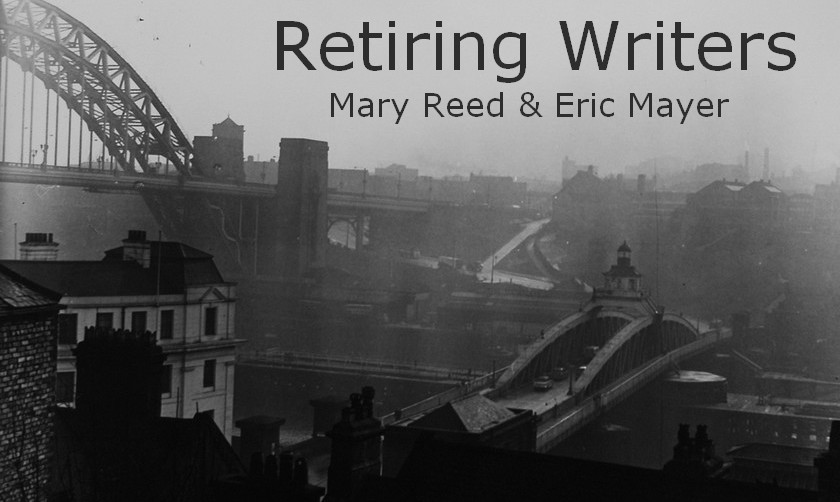White Face involves more mystery than a number of Wallace's novels. Who is the titular character, a man with a nasty habit of concealing his face with a white cloth and going about robbing people, and how can a man be fatally stabbed without his assailant being seen by people close by?
The characters are a nice array from both high and low life. White Face is set in east London's Tidal Basin, so naturally it is replete with poverty and darkness. A shining light there, however, is Dr Marford. He runs a clinic for the local populace, with an unlikely assistant in the shape of Janice Harman, a rich girl loved by crime reporter Michael Quigley. Unfortunately she is more interested in well-off Donald Bateman, newly arrived from South Africa with thrilling tales of life out there and marriage on his mind. And let's not overlook Dr Rudd, an unpleasant police surgeon.
Tidal Basin residents include Lorna Weston, said to live in the Basin's only respectable flat but also described with a wink as going to the West End every night all dolled up, and the ancient cabby and notoriously honest Gregory Wicks, who lives in Gallows Court, a troublesome place separated by a brick wall from the doctor's yard.
The mystery gets under way the night Dr Marford looks out and sees two men fighting, a not uncommon occurrence in the area. One goes off and the other, in evening dress no less, proceeds in the opposite direction, only to suddenly drop to the ground further down the street. In the course of robbing him, a third man is apprehended and though the doctor hastens to the fallen man's aid, the man is dead, having been stabbed. The weapon is nowhere to be seen and none of the men saw his assailant.
But there's a lot more going on than that...
My verdict: I really enjoyed White Face, especially the short but beautifully written bit of misdirection towards the end and the subtle placement of clues. As the affable Detective-Sergeant Elk remarks "In a murder case everybody has got something to hide, and that's why it's harder to get the truth about murder than any other kind of crime" and he is absolutely correct. I rate White Face one of Wallace's best.
Etext: White Face by Edgar Wallace




